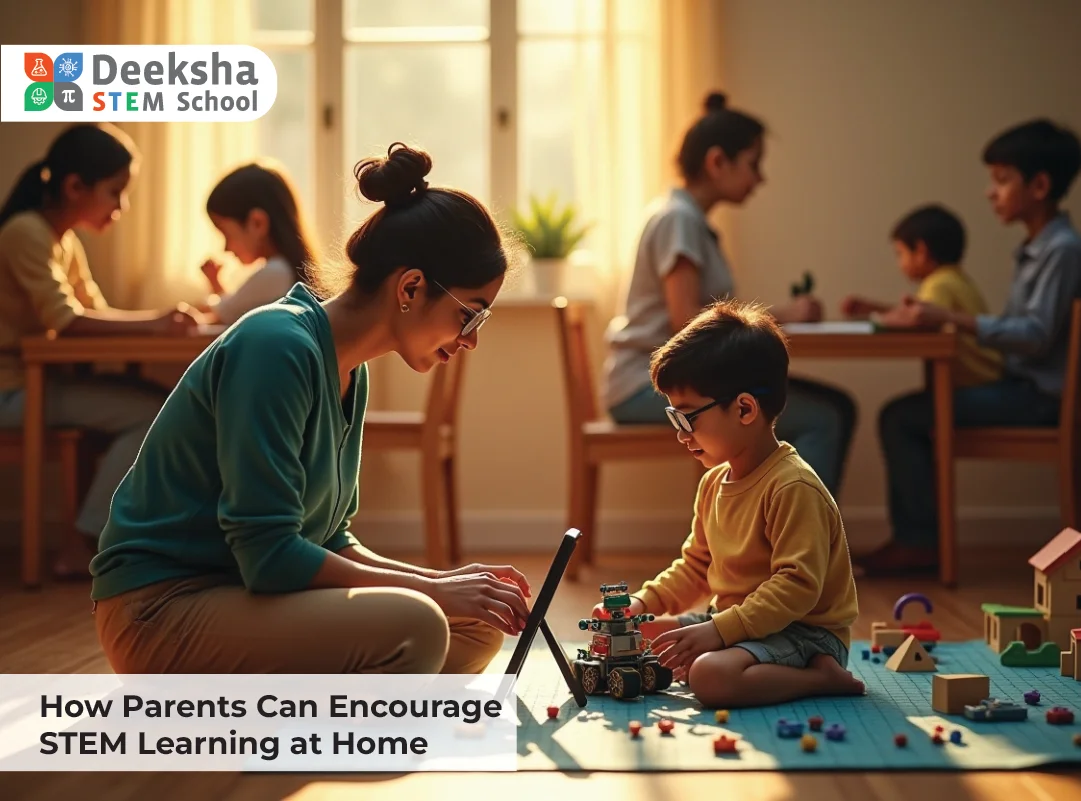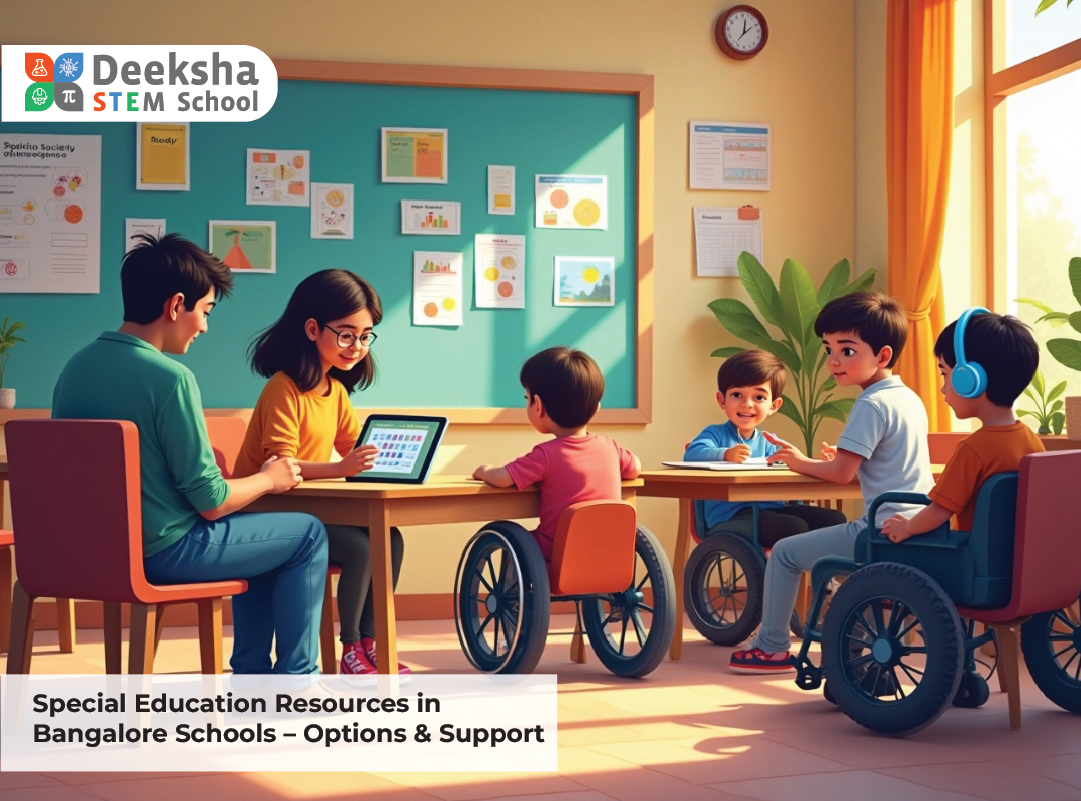Building Curiosity: Fun Science Experiments for Kids at Home

Introduction
Curiosity is the driving force behind learning, and science offers endless opportunities for children to explore the world around them. By engaging in hands-on science experiments at home, children not only learn about scientific concepts but also develop problem-solving skills, creativity, and a love for discovery.
Summer is the perfect time to cultivate this curiosity. With a few simple ingredients and tools, you can create an exciting, educational environment that encourages your child to ask questions, test hypotheses, and experiment. In this blog, we will explore a range of fun, easy-to-do science experiments that will spark your child’s curiosity and help them understand how the world works.
Benefits of Science Experiments for Kids
Encourages Critical Thinking
- Science experiments require children to think critically about what they are doing. As they hypothesize, test, observe, and analyze results, they learn how to approach problems logically and think through solutions.
- By experimenting with cause and effect, children begin to understand how actions lead to consequences, sharpening their ability to make decisions and solve problems.
Promotes Creativity
- Experimentation is all about exploring the unknown and thinking creatively. When children come up with their own questions and design experiments, they expand their imagination and gain a deeper understanding of scientific principles.
- These activities encourage children to come up with their own ideas and solutions, making them more inventive in the way they approach challenges.
Develops a Love for Learning
- Science experiments are engaging and interactive, making them a fun way for children to learn. As they explore new concepts, they develop a love for learning and become more confident in their ability to grasp complex ideas.
- These experiments can also build a child’s confidence as they learn how to conduct experiments, draw conclusions, and apply their findings.
Builds Problem-Solving Skills
- Science experiments often require trial and error. Children learn to approach challenges with persistence, adjusting their methods when things don’t go as planned. This fosters resilience and determination, qualities that will help them in many areas of life.
- Through these activities, children build the problem-solving skills necessary for academic success and everyday challenges.
Fun and Easy Science Experiments for Kids
1. Baking Soda and Vinegar Volcano
- Why it works: This classic experiment demonstrates an exciting chemical reaction between an acid and a base, creating carbon dioxide gas and producing a bubbling eruption.
- How to get started:
- Fill a small bottle or container with baking soda.
- Add a few drops of food coloring for fun (optional).
- Pour vinegar into the bottle and watch the “volcano” erupt!
- Learning Outcome: Children learn about acids, bases, and chemical reactions, along with the concept of gas formation.
2. Rainbow in a Jar
- Why it works: This experiment teaches children about density and how liquids of different densities can layer on top of each other to create a rainbow effect.
- How to get started:
- Fill a clear jar with different liquids: honey, dish soap, water (colored with food dye), vegetable oil, and rubbing alcohol.
- Pour each liquid carefully into the jar, one at a time, starting with the densest.
- Watch as the liquids form distinct layers.
- Learning Outcome: This activity helps children understand the concept of liquid density and why different liquids don’t mix.
3. Invisible Ink with Lemon Juice
- Why it works: This experiment introduces children to the concept of oxidation and how heat can reveal hidden messages.
- How to get started:
- Squeeze some lemon juice into a bowl.
- Use a cotton swab or brush to write a message on a piece of white paper using the lemon juice.
- Let the juice dry completely. To reveal the message, heat the paper gently by holding it near a lamp or ironing it carefully.
- Learning Outcome: Children learn how chemical reactions can change the properties of materials, and how heat can reveal invisible writing.
4. DIY Lava Lamp
- Why it works: This experiment demonstrates the concept of liquid density and the interaction between oil and water.
- How to get started:
- Fill a clear bottle or jar three-quarters full with vegetable oil.
- Fill the rest with water, leaving some space at the top.
- Add food coloring (optional) and then drop an Alka-Seltzer tablet into the jar.
- Watch the colorful “lava” bubbles rise and fall.
- Learning Outcome: Children learn about the different properties of liquids, including their density and how they react when combined.
5. Make Your Own Slime
- Why it works: Making slime is a fun and tactile way for children to experience polymer chemistry in action. It teaches them about the properties of materials and the science behind their texture.
- How to get started:
- Mix 1/2 cup of white glue with 1/2 cup of water in a bowl.
- Add a few drops of food coloring (optional).
- Slowly stir in 1/2 teaspoon of borax dissolved in warm water until the mixture thickens and becomes slime-like.
- Learning Outcome: Children learn about polymers, the process of creating new substances, and the importance of measurements in science.
6. Homemade Paper
- Why it works: Making homemade paper is an eco-friendly experiment that teaches children about recycling and the properties of paper-making materials.
- How to get started:
- Tear old newspaper or scrap paper into small pieces and soak it in water for several hours.
- Blend the soaked paper into a pulp.
- Pour the pulp onto a fine mesh screen or an old pantyhose, flattening it into the shape of a sheet.
- Let it dry, and voilà—homemade paper!
- Learning Outcome: This experiment helps children understand the recycling process and teaches them about the properties of materials like fiber and water.
How Deeksha STEM Schools Cultivate Curiosity
At Deeksha STEM Schools, we are passionate about cultivating curiosity in students through hands-on, interactive learning experiences. Our science programs are designed to engage students in active learning, encouraging them to explore, experiment, and discover the world around them.
We believe that fostering curiosity early on is key to building a lifelong love for learning. Through our STEM-focused curriculum and science experiments, we provide students with the tools they need to think critically, explore new ideas, and develop problem-solving skills that will serve them well in the future.
FAQs
1. How can I make science experiments more fun for my child?
- Keep experiments simple and interactive. Let your child ask questions, hypothesize, and take part in setting up the experiment. Always keep the focus on the fun of discovery.
2. What are some easy-to-do science experiments for younger kids?
- Simple experiments like baking soda and vinegar volcanoes, making slime, and creating a rainbow in a jar are perfect for younger children. These activities are safe, engaging, and educational.
3. Does Deeksha STEM offer any science-focused workshops for kids?
- Yes! Deeksha STEM Schools offer a variety of hands-on science workshops, including experiments, coding, robotics, and more, designed to spark curiosity and enhance learning.
Conclusion
Science experiments are an exciting way to ignite curiosity in children and help them explore the world in a fun and hands-on manner. From creating chemical reactions to building simple machines, the possibilities for learning are endless. By incorporating science experiments into your child’s routine, you can foster a love for learning that will last a lifetime.
Start with these simple and fun science experiments at home and watch as your child’s curiosity grows. For more engaging learning experiences, check out Deeksha STEM Schools’ interactive programs that encourage students to think, explore, and create.




